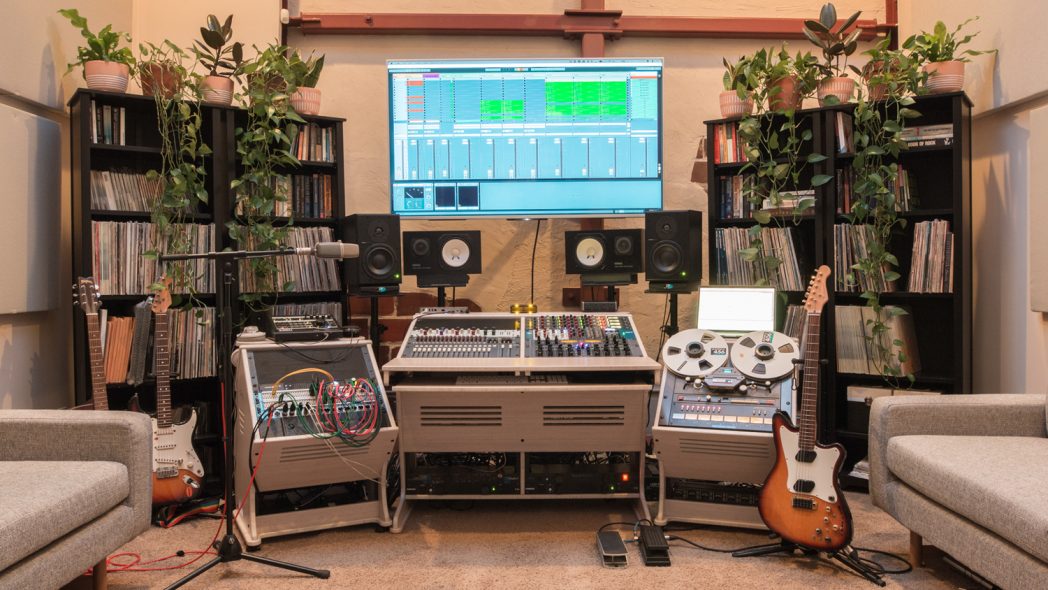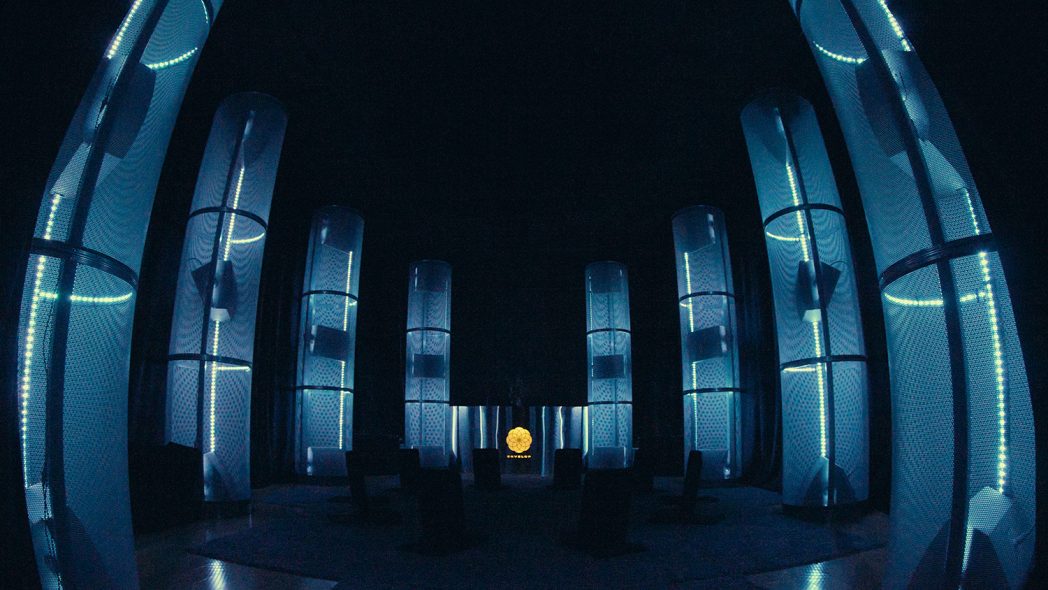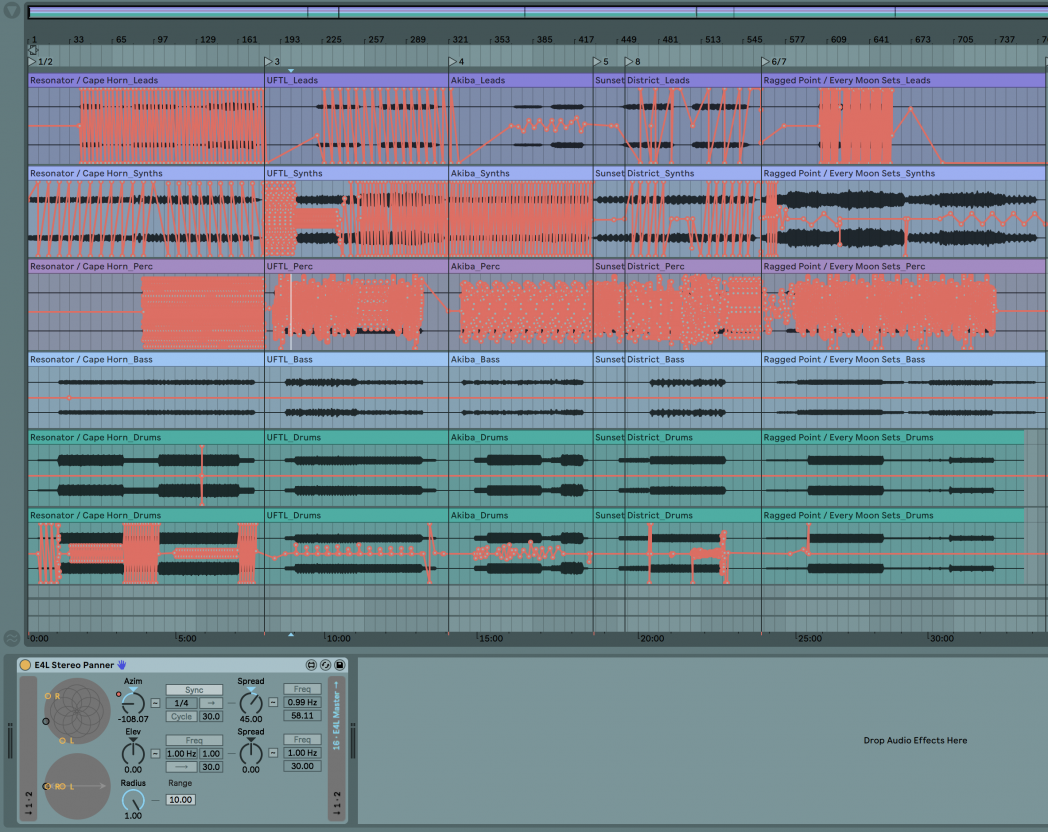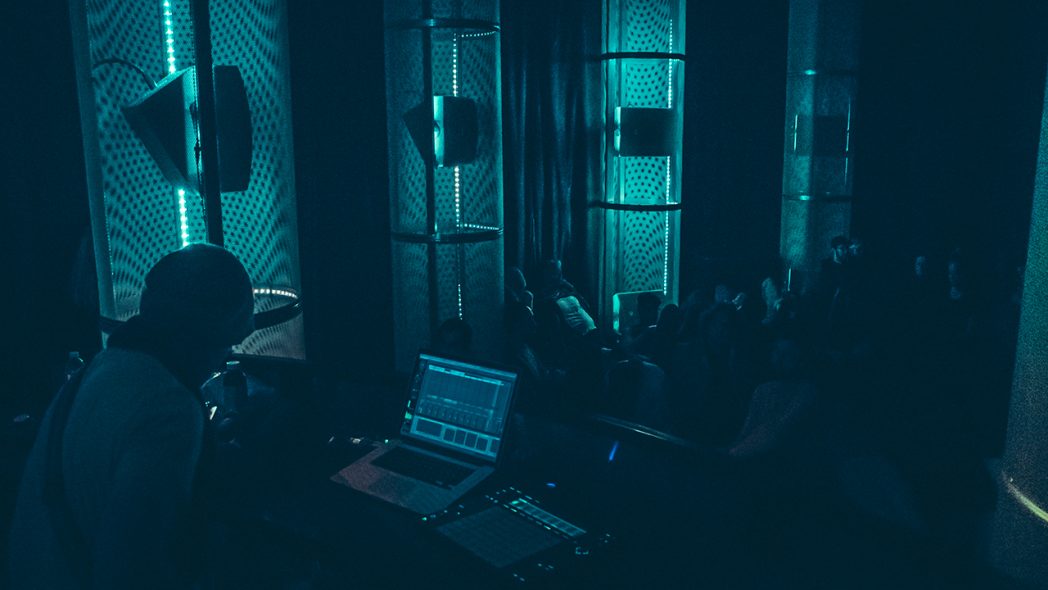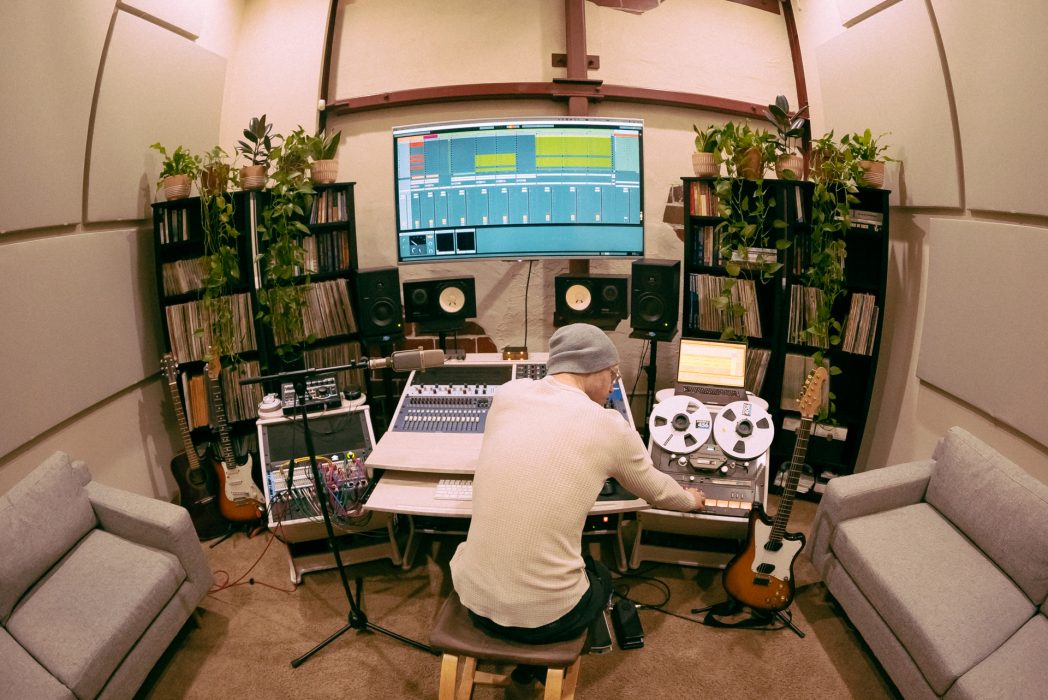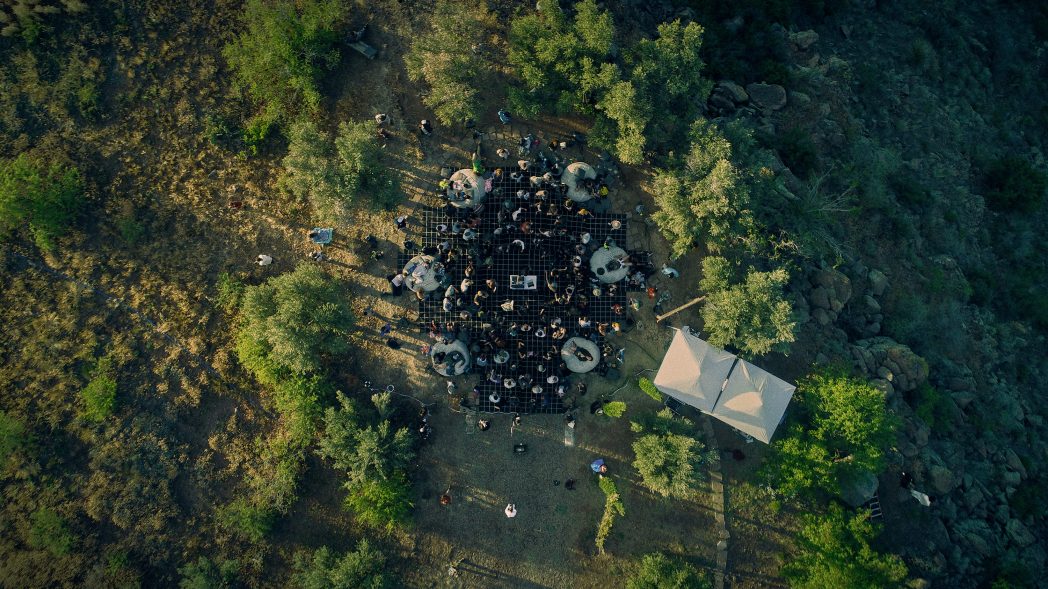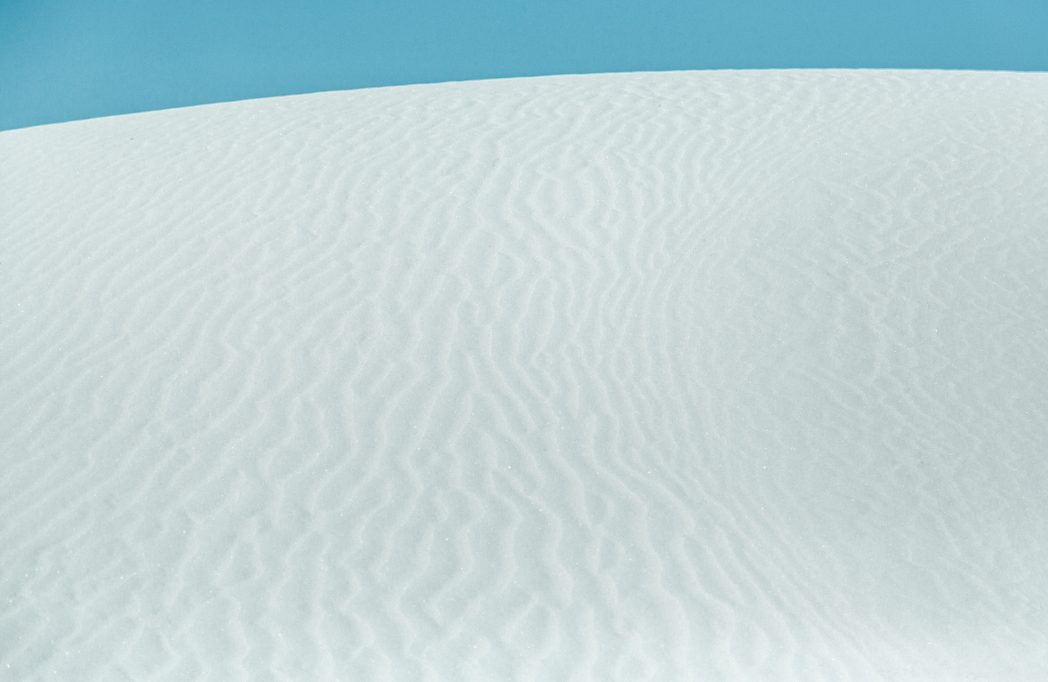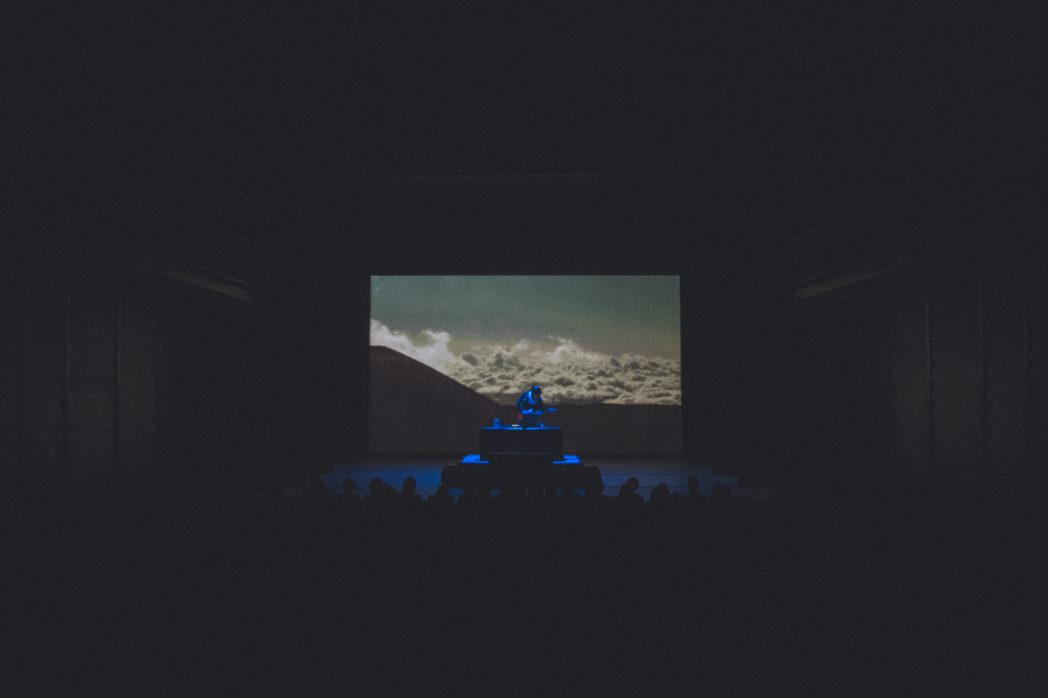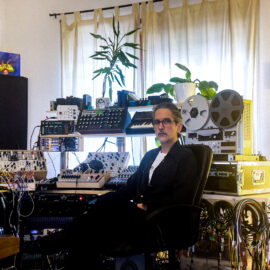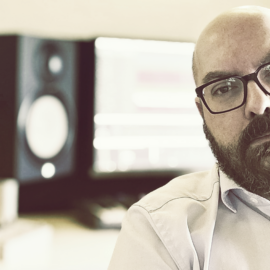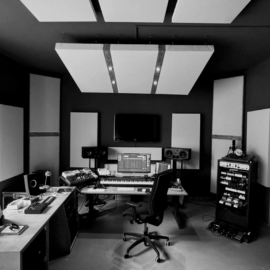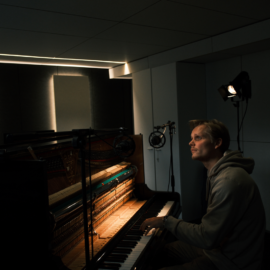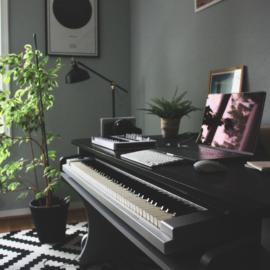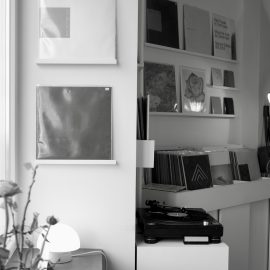Let’s start at the very beginning. Can you tell us how you got involved in composing, and what was your very first piece of gear?
My first instrument was a drum kit that my parents bought me when I was six. I played it so much that I broke the drums within a month and pretty much drove my family crazy. After that, my mom signed me up for piano lessons, but I wasn’t really into it. I loved playing around on the keys and making up ideas of my own, but I didn’t like the music I was learning. Following those brief stints with drums and piano, I focused more on art, painting, drawing, and sports but loved music more than anything. I told my dad that I wanted to start playing the guitar, and he surprised me with one a couple of weeks later. That changed my life, and I’ve been in love with the guitar ever since. My first piece of “gear” was an Ibanez Super Tube and then a Boss delay pedal, and a Tascam Portastudio, a 4-track cassette recorder that allowed me to make my first recordings.
I started making music by figuring out the chords and solos of music I loved. I started making up my own ideas based on what I was learning. I’d spend days decoding the music, everything from Sonic Youth and Nirvana to Prince, Albert King, Buddy Guy, Hendrix, and John Coltrane. I’d play along with the music over and over until I understood the patterns. I started my first band when I was thirteen, and I’ve been playing shows ever since. In high school, I went deeper into music theory and went to the Guitar Summer Workshop in Hartford, Connecticut, to study with Jim Hall. I also took some lessons from an incredible jazz guitarist named Rod Fleeman, a legend in Kansas City. He blew my mind wide open and helped me see the spiralling matrix of the guitar’s possibilities. The guitar is a portable orchestra.
How many different studio iterations have you gone through, and what does your final setup look like right now?
I use three different setups depending on the stage of the process that I’m in. I record in the Overlap Studio, designed by Ryan Kleeman and me, or with my travel setup, which I also use for shows. I mix and master in the Overlap Studio, mixing stems, stereo and binaural/spatial audio mixes, and quad mixes. I then mix and master multichannel immersive mixes in Envelop SF. I’ve set up project studios in twelve different places over the years. The Overlap Studio and Envelop SF is the culmination of everything we’ve learned. I can do everything I need here, recording, mixing, and mastering. My main production focus is on immersive audio, and it’s such a dream to be able to listen and mix in Envelop SF with 32 speakers surrounding me. We focus on hosting immersive music events, performances, album listenings, workshops, but we also use it as a studio.
Tell us about your favourite piece of hardware.
My favorite piece of gear would be whatever I need to create the music I love, which is the Moog guitar and my guitars in general. If I have a guitar and a computer and a vocal mic with a good audio interface, I’m all set. Although plug-ins are great, I prefer analog outboard gear for mixing. I love the Neve Shelford channels. I run my guitar through them on the front end and also use them to make stem mixes. I’m so grateful for everything Rupert Neve shared with us. I also love the Manley Massive Passive and SLAM and the Neve 8816. The Neve MBP and SSL G-comp are also on many of my mixes.
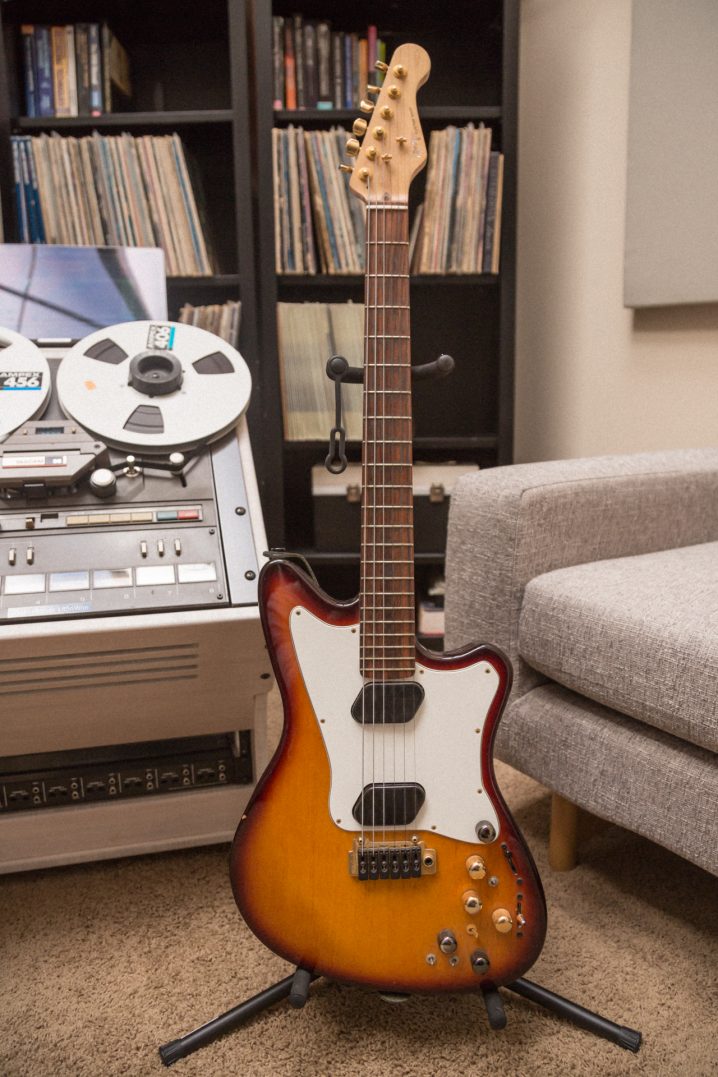
And what about the software that you use for production?
I use Ableton Live Suite with Envelop’s free and open-source immersive audio devices Envelop for Live. I use many different plug-ins for processing and mixing, along with outboard gear. Some of my favorites are Presswerk, AirEQ, Omega, VSM-3, Emerald2, Celestial, Elevate, and Xenon. I also use Reaper for editing and exporting immersive mixes since it works so well for multichannel tracks.
Is there a particular piece of gear that you’re just dying to get your hands on and do you think one day you’ll have it?
There’s nothing I feel I need. As long as I have a guitar I’m good. There is a bunch of fantastic stuff out there that I’d use if I had it. I’ve always wanted a pair of Pultecs or a Neve 5088 console, or SSL Duality, but I don’t need anything else to make the music I’m feeling. Our outboard gear at the Overlap Studio gives me so much flexibility, and I love the deep but focused setup. I love tape saturation, and it would be fun to have an excellent 2-inch machine, but I’m really happy with our Neve tape saturators or our ½ inch machine. The footprint for a huge tape machine doesn’t make sense in this space.
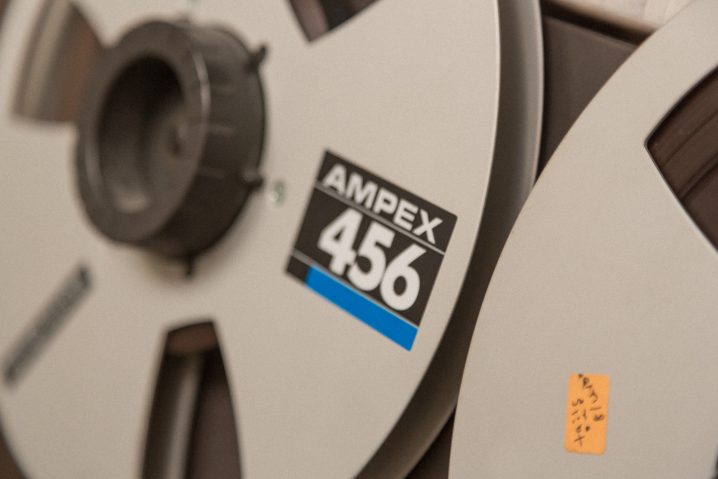
Can you please share some aspects of sound design in your work?
Sound design and music are completely interwoven and interdependent for me. Music creates a space for listening and feeling. Immersive audio is all about designing the physical space of sound, which then further empowers the music’s energy and amplifies an audience’s group empathy. I’m always exploring how to share music’s space in the best way possible. There are many design-related, and technical angles to cover, but even more critical is the accessibility and equity for all creators and listeners. Envelop is a nonprofit I co-founded and direct, created to empower artists and connect audiences. The positive social, emotional, and spiritual impacts of music are amplified when we design sound to immerse us completely.
Any particular new techniques that you tried out in the new music you’re making?
I’m always developing new techniques for composing and mixing immersive audio. To create both multichannel mixes and spatial audio mixes, I like to focus on stem mixes. I’ll run stems, groups of similar audio tracks, through plugs and outboard gear to get the right tone and texture, and then spatialize those layers for a spatial audio mix for headphones, and an encoded Ambisonic mix, or any other immersive format that is needed. My last albums Horizon and Sunset, are immersive albums that you can experience on headphones or in multichannel listening spaces like Envelop SF. I’m always exploring harmony and figuring out new ways to invert and augment clusters of notes to get just the right color. The music I’m working on now uses this kind of harmonic technique to express so many feelings. I’m exploring how these harmonies resonate into 3D space and immersive movement.
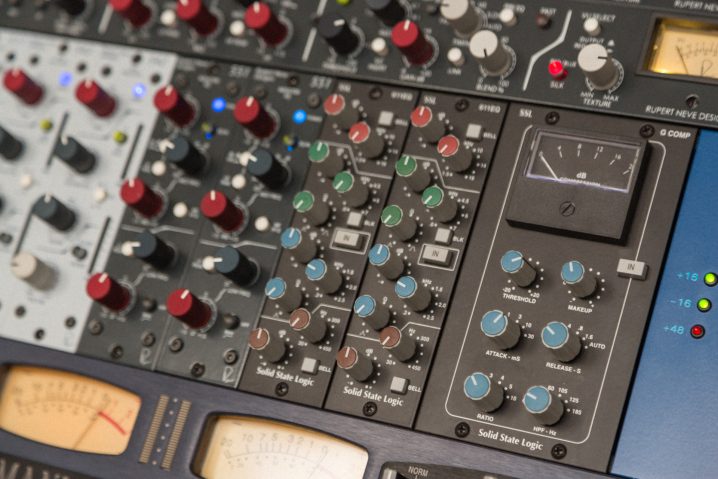
What does your live setup look like, and what do you bring with you when you travel for an extensive tour?
My live setup is my Moog guitar, volume pedal, and a travel rack with two Neve Shelford channels and a UA apollo. I use some guitar pedals like the Diamond compressor, Deco, Timeline, Big Sky, and Freeze pedal sometimes, but for over 20 years, I’ve leaned on software more for guitar processing. I can also use this setup as a project studio without losing any tone at the recording stage. I never use amps or mics on my guitar. I always want a full bandwidth of sound and the Neve Shelfords sound just right for the tone I want. Those run into a UA Apollo and a Macbook Pro. I also use an Ableton Push and a Monome. I set up multichannel listening spaces for my shows. If it’s an Envelop event, multiple speakers are dialed in with our Envelop Pop-up system or Envelop SF. If the show is in a more traditional venue, I’ll run numerous outs from the Apollo to amps and speakers we’ve brought in for the show.
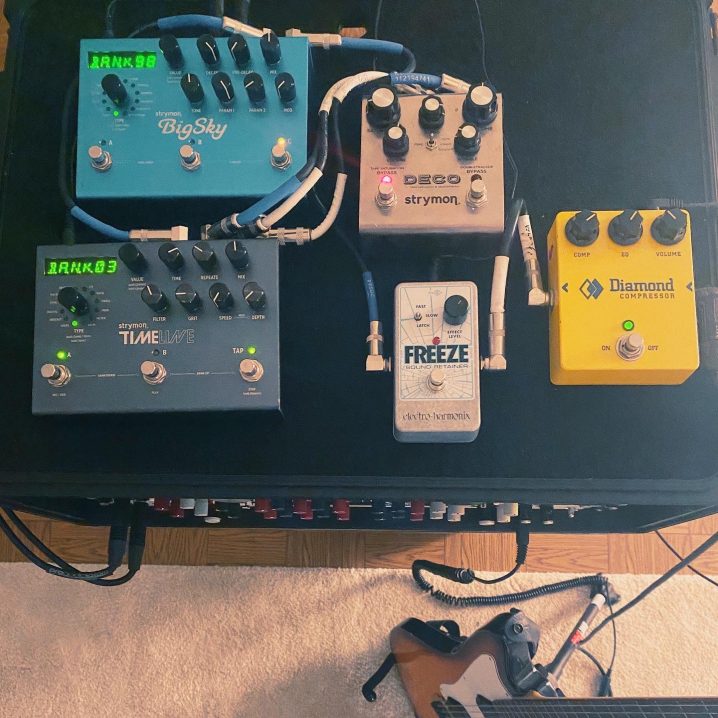
What is the most important environmental aspect of your current workspace and what would be a particular element that you would improve on?
I think the most important thing is the sound and the vibe of a studio. This can boil down to acoustic treatment, where you place things ergonomically, along with ambient light, plants, and how you make it feel comfortable. In the Overlap studio and Envelop SF, Ryan and I spent a lot of time getting the acoustics dialed in and the ergonomics set well. I want to trust what I’m hearing and feel excited to spend hours in one place. When I hear what’s happening clearly, and my body and mind feels comfortable, it opens up the whole process. It’s also great to have a mixing desk with everything I need in front of me, within arm’s reach. I can easily adjust settings without moving my head and changing the image of the sound. Ryan also went the extra mile to design skylights with adjustable shades, and it’s great to have that natural light in the studio. If it’s bright in the early afternoon, it can be hard to see a screen, so the shades help to darken the room just enough. The ability to control and adapt the light definitely affects the energy.
What can you tell us about your overall process of composition? How are the ideas born, where do they mature, and when do they finally see the light?
For me, creating music is a process that happens as it needs to through listening, discipline and play. It’s about listening to the moment, being present with the energy I’m feeling, and the sound I’m expressing. It’s about setting space to explore, and follow my heart while just being real with myself; setting boundaries, drafting deadlines, and knowing when and how to take meaningful breaks. Creating is work. It’s a space I set through discipline, yet I surrender control. Creating consistently takes patience and persistence, letting go of expectations while fueling the fire to complete the process.
When I compose, I begin with an open mind focused on a feeling, or an intention, a space I want to create with the music and share with others. It emerges through disciplined play. I feel where the music can go and let it come through me in whatever way it wants to. Often the music flows without any effort and sometimes it’s like solving a puzzle, especially in the later stages. The key is to stay out of judgment while discovering the path forward. I envision the space, energy, narrative that the music wants to create and let go of any expectations of how it gets there, and even if it gets there. It’s like setting out towards a destination, but the focus is on the journey, the process, and less about the outcome. When the process embodies the product, the music completes itself. Music is medicine for both the artist and the audience. When I’m creating, it’s very autobiographical in that the process is teaching me something, and that becomes encoded into the music. I’m expressing and processing feelings and stories that seem to elude words. At the same time, it’s not about me at all; the music is moving through me, expressing something more universal than my own story.
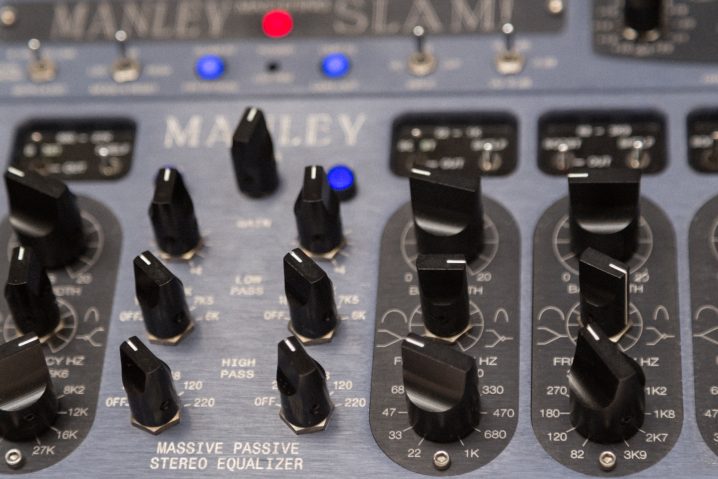
After the piece is complete, how do you audition the results? What are your reactions to hearing your music in a different context, setting, or a sound system?
After it’s complete, I don’t listen to it, other than moments sharing it with friends or family or playing it live. Not because I don’t want to, it’s just time to move on and go into the next cycle. Before I finish a piece, I listen to it outside of the Overlap Studio and Envelop SF, through different speakers, headphones, car systems, and make sure it’s feeling right in various settings. There are times I hear my music in public, like on a flight or in a shop or restaurant, and it’s always really surreal. It’s like space turns inside out. I’m hearing something that’s been a process of my learning, that I have an intimate relationship to, reflecting itself to me. It’s cool to see how people make the music their own. I’ve created the opportunity to listen, but the listener is actually creating the music for themselves at that moment.
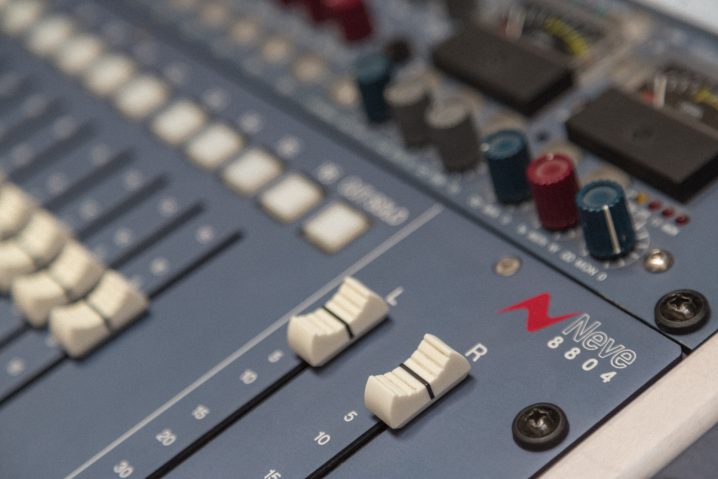
Do you ever procrastinate? If so, what do you usually find yourself doing during those times?
It doesn’t happen with music, but if I don’t take a break while working on admin stuff, I’ll notice myself wanting to research other things, like plants and gardening or just start working on music. It’s like creative procrastination. It helps me stay on track to set timers on tasks. For instance, I’ll focus on emails for 25 mins intervals with short breaks between. If I’m going too long, I’ll end up drifting back into a creative orbit, which is cool, but I’d rather plan a time to do that more intentionally. It also helps a lot to see the big picture of what needs to get done. Every day I’m assessing priorities, timelines, what I feel I need to be doing, and what I’m most excited about working on. If there’s something I’m not as enthusiastic about but needs to get done, I’ll set a timer and use it as a test of my attention. Most of the time, if I plan for the less exciting aspects of running multiple businesses, I’ll get excited to work on admin stuff because I can see how it relates to the big picture, and it all becomes fun. It’s also motivating to know that I can get back to making more music when I wrap up the logistical work.
What gets you inspired?
Everything inspires me. Being alive, music, family, and friends. Rhythm, harmony, lines of notes, plants, gardens, the ocean, the Sun, the Moon, all kinds of art and design. Being here in this universe is inspiring. I’ve learned that when I’m present, inspiration is always here. It’s not even “inspiration”; it’s purpose, it’s simply being. It’s about walking the path and listening to the process in the service of the evolution of others and myself.
And finally, what are your thoughts on the state of “electronic music” today?
Right now is a challenging time for so many in the entire music industry. It’s tough for musicians and venues to generate revenue to stay afloat. Through the challenges, I am optimistic that we’ll find creative solutions. Artists have an opportunity to redesign the musical supply chain. Music will always evolve, and it will keep positively benefiting society, as long as we value and support artists.
